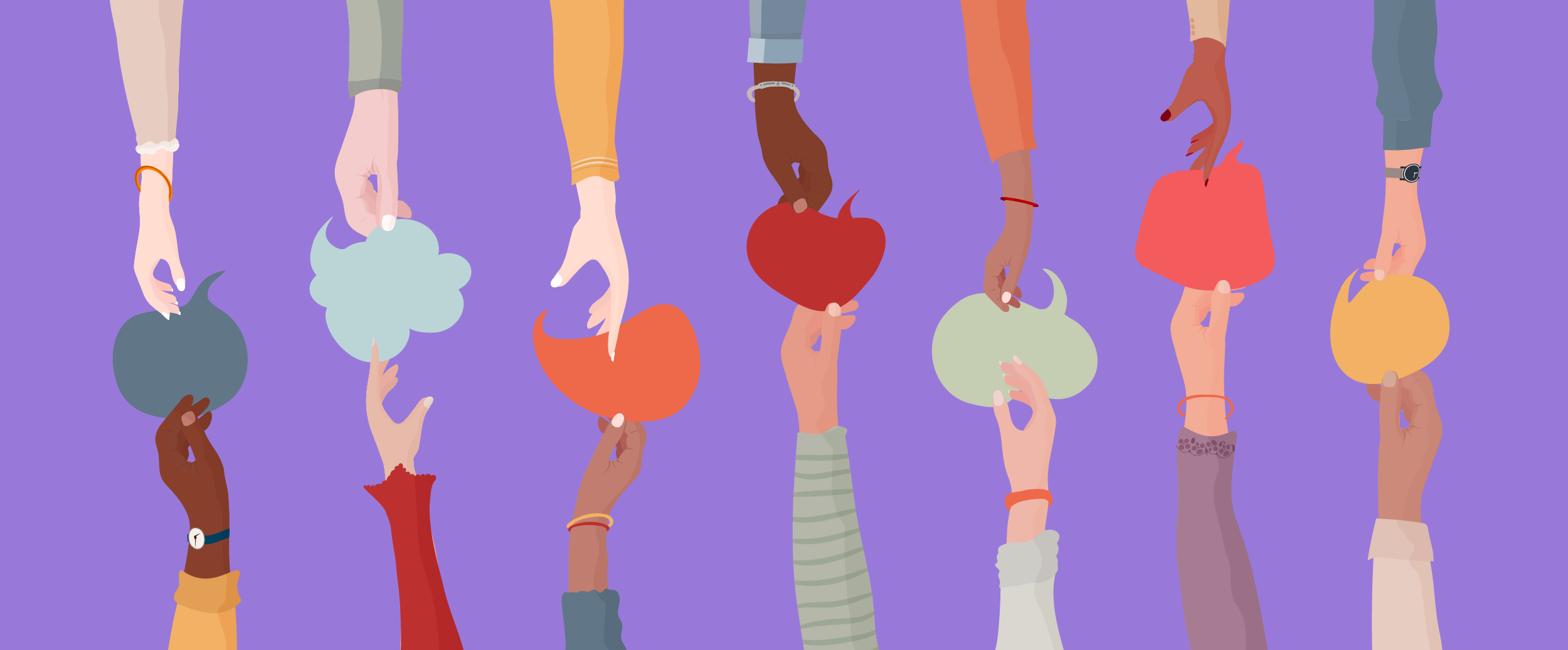Pride + Beyond: Creating a culture of belonging in the workplace
Many 2SLGBTQ+ employees feel isolated at work. Donnebra McClendon, Ceridian’s Global Head of Diversity, Equity, and Inclusion, shares the specific actions leaders, people managers, and employees should take to build a culture of belonging at work.

Table of Contents
Table of Contents
One word immediately comes to mind when I think of Pride Month: Community.
But a sense of community is often the last thing 2SLGBTQ+ employees feel at work, where they’re often underrepresented. This leads to a phenomenon that McKinsey refers to as “onlyness” – being often or almost always the only person in the room of their gender, race or ethnicity, or orientation.1
As a black woman I often feel a sense of onlyness. I am often the only person of colour in a meeting and or the only woman in the room. In the United States, black women are celebrating firsts in many arenas where others have held positions for decades, so I know first-hand that inclusion does not happen organically. And one-third of LGBT people are racially diverse2, so many are experiencing that sense of onlyness in multiple ways.
The most powerful antidote to onlyness is belonging. Belonging is the sense that you are a valued member of a community. When people feel that they are part of a community, they feel a sense of purpose. A sense of belonging brings meaning into our lives, and this is true for all communities, whether it’s your sports teams, your church, your parenting group, or even your workplace.
Establishing a workplace that prioritizes and fosters belonging is one of the most valuable things a company can do. Here are three small but meaningful actions you can do to cultivate a workplace of belonging, wherever you happen to sit in the organisation:
Actions for leaders
Establish a psychologically safe space for employees to bring their authentic selves to work. Start with storytelling. Everybody has a story, and encouraging storytelling builds community and trust.
Telling your story is also a great way for others to evoke empathy and cultural humility, however, storytelling is courageous, and it is important that note that storytelling should be voluntary otherwise it can be viewed as a microaggression. Creating a space where employees can be vulnerable is empowering and it leads to a sense of belonging.
Actions for people leaders
Proactively check-in with each other. Employees feel valued and appreciated when their colleagues make the time to check-in with them on a personal and professional level.
Checking- in is not the same as following- up on a project or a deadline. A check-in does not require an agenda or even a formal meeting. A simple call, or text message to ask how a person is doing a simple act of intentional inclusion which leads to belonging.
Be careful not to assume that you know how the other person will respond when you check-in. If I’m having a terrible day, I candidly share that my day is not going well. It’s okay to not be ok every day.
Actions for employees
Show support for employee resource groups all year long. Authentic allyship is demonstrated through genuine acts of inclusion, and year-round support for these groups is a meaningful way to build a workplace of belonging.
Black lives matter every day, not just in February, and support for the LGBTQ2+ community is needed every day not only during Pride month. Support is more than wearing a rainbow flag t-shirt, it’s joining a webinar or a book club to learn more about the community or adding your preferred pronouns to your signature line and encouraging co-workers to do the same. Allyship happens every day through simple but meaningful actions.
There is no doubt that creating a sense of belonging is a powerful motivator for employees in the workplace. Fostering this feeling in the people who work for an organisation isn’t hard or expensive to do. When employees feel that they truly belong to an organisation, their increased commitment, productivity, and engagement can lead a company to success.
[1] Diana Ellsworth, Ana Mendy, and Gavin Sullivan, How the LGBTQ+ Community Fares in the Workforce, McKinsey, June 2020
[2] LGBT People in the Workplace, The National LGBTQ Workers Center
You may also like:
Ready to get started?

